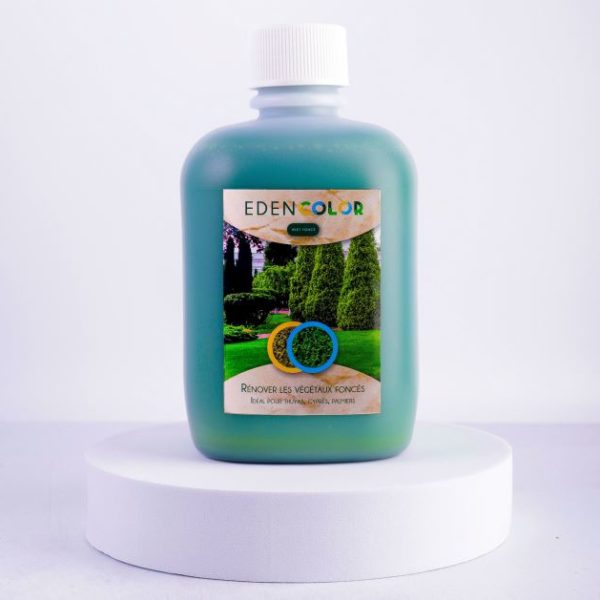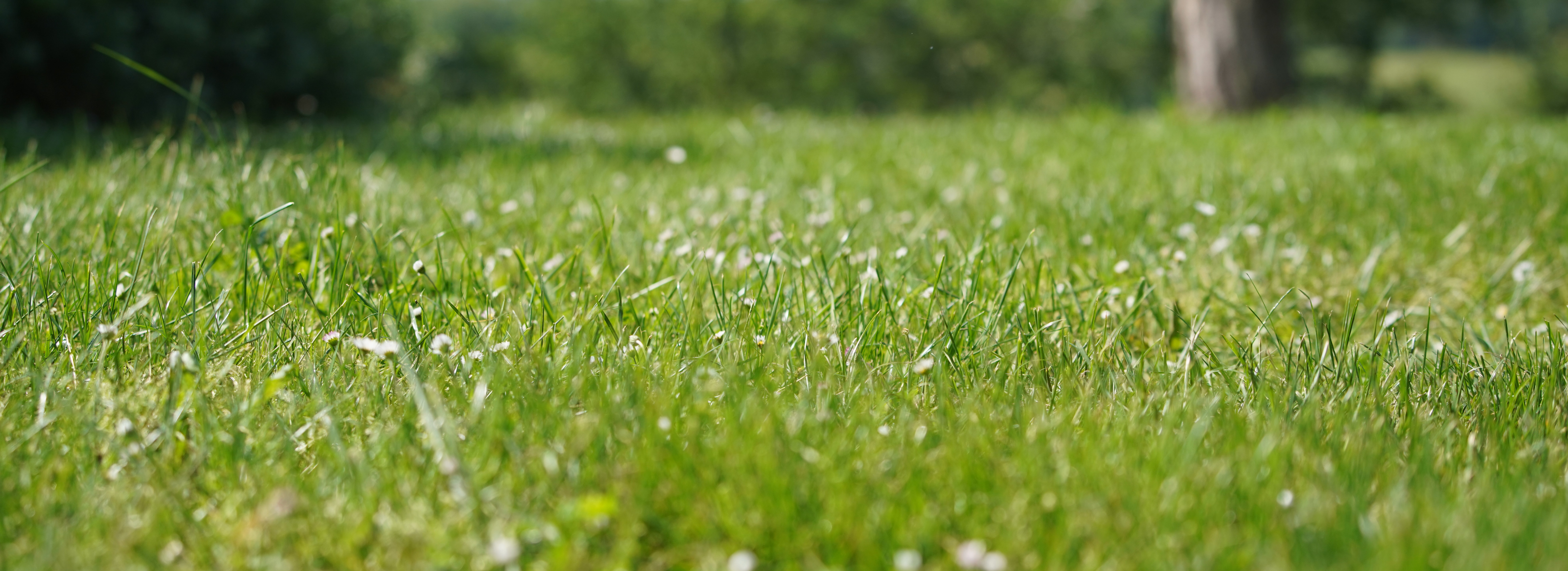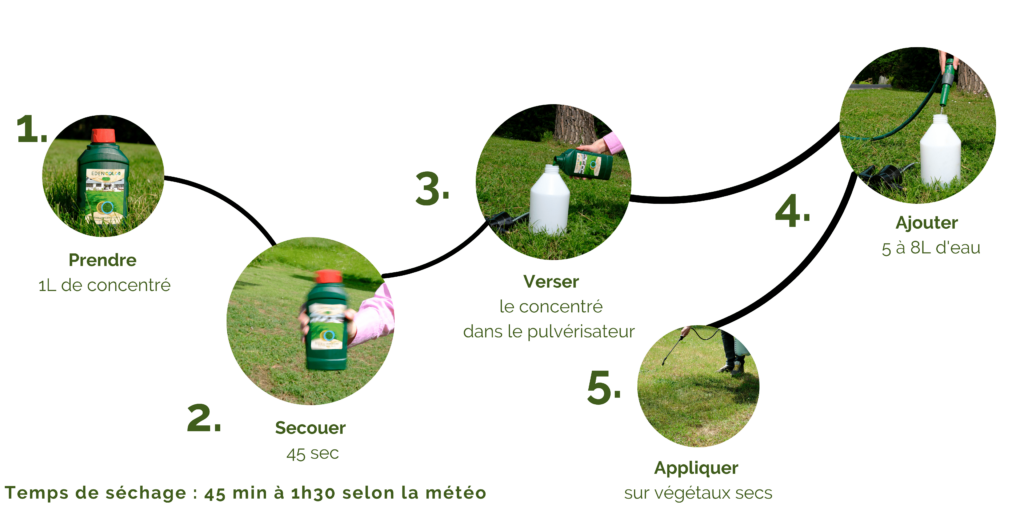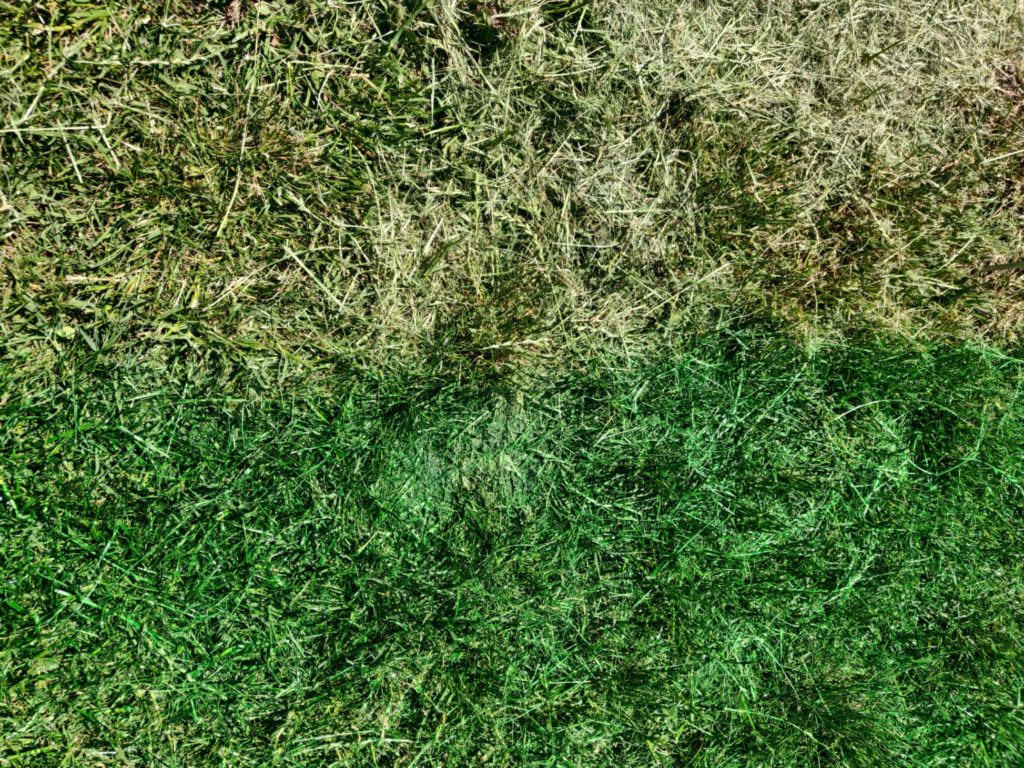Sep, 2023
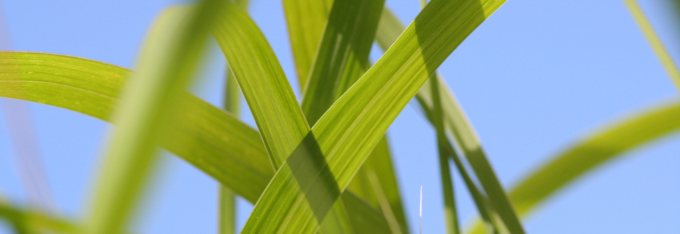
Stimulate photosynthetic activity
How to stimulate photosynthetic activity?
Discover how to stimulate photosynthetic activity in your plants for a healthy garden.
Photosynthesis is the mainstay of plant life, a process by which plants convert sunlight into energy, while capturing CO2 and producing oxygen (see article Carbon offsetting).
Maintaining a healthy lawn can sometimes be a challenge. One of the keys to a healthy lawn lies in stimulating its photosynthetic activity, the process by which grass converts sunlight into energy.
Proper watering and an eco-responsible attitude
Water is crucial for photosynthesis, but too much or too little can slow down the process. Make sure you provide your lawn with an adequate amount of water, taking into account the needs of your region according to mandatory water restrictions and the type of lawn you have. Watering early in the morning or at the end of the day is often recommended to minimize evaporation.
Proper mowing
Grass cutting height is important for photosynthesis. In general, it's advisable to cut no more than a third of the grass height at each mowing. Leaving the grass too short can reduce the leaf surface and hinder photosynthesis.
Soil aeration
Regular soil aeration improves air circulation, water infiltration and root health, which in turn promotes photosynthesis.
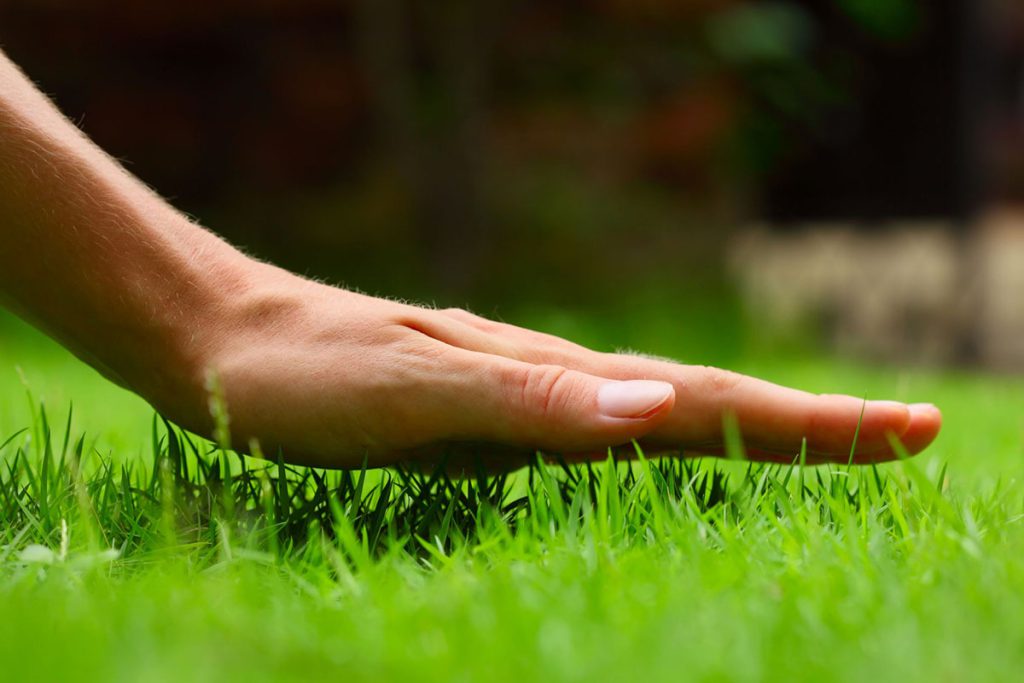
Weed control and disease prevention
Weeds and diseases can hinder grass growth. Use appropriate methods to control them and protect photosynthesis.
The sunlight
Make sure your lawn receives sufficient direct sunlight. Grass needs light for photosynthesis, so avoid excessively shaded areas.
To conclude
Stimulating the photosynthetic activity of plants could revolutionise the way we maintain our lawns, reducing demand for water and helping to combat climate change. It is therefore essential to monitor the potential impact of these changes on ecosystems and to guarantee these benefits.
By understanding your lawn's needs and putting these tips into practice, you can encourage healthy photosynthesis and help your lawn to thrive. A healthy lawn is not only pleasing to the eye, it also helps to improve air quality, regulate temperature and preserve the local ecosystem.



